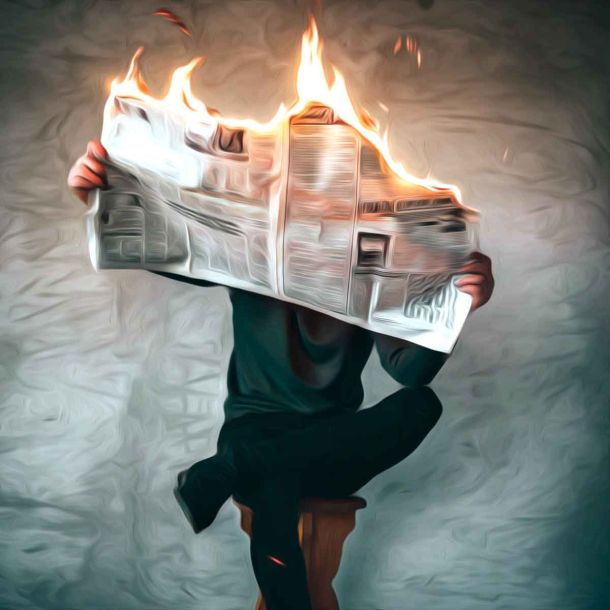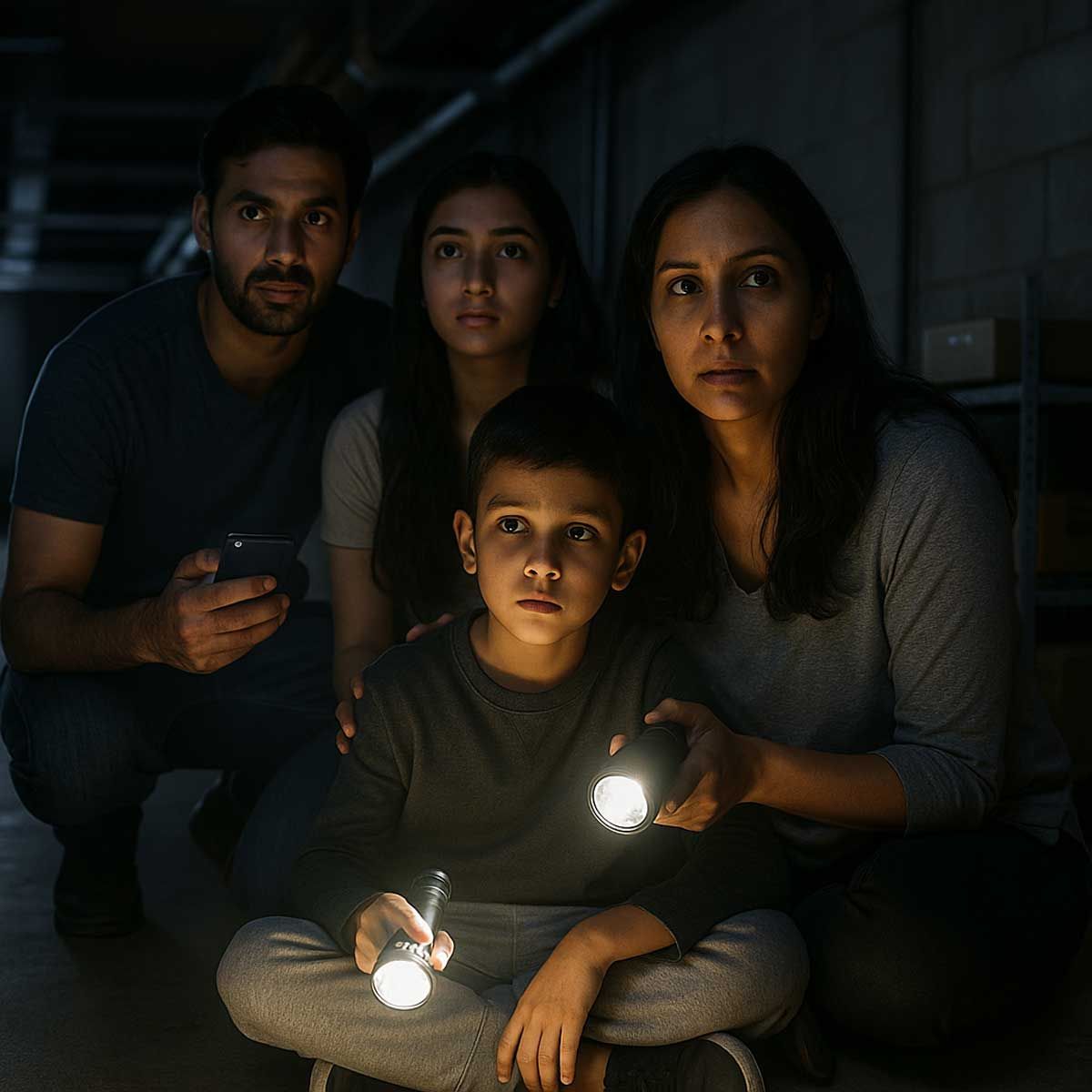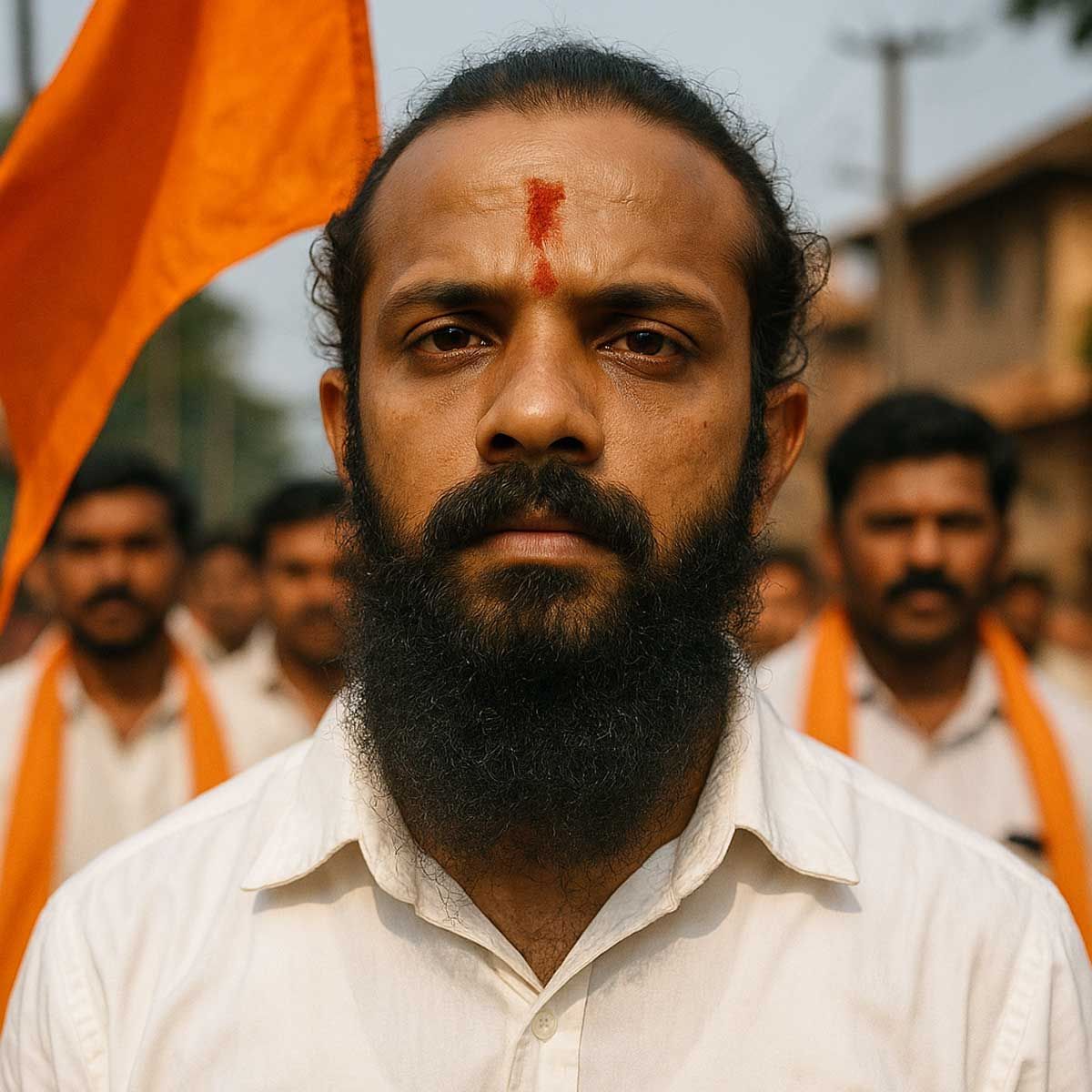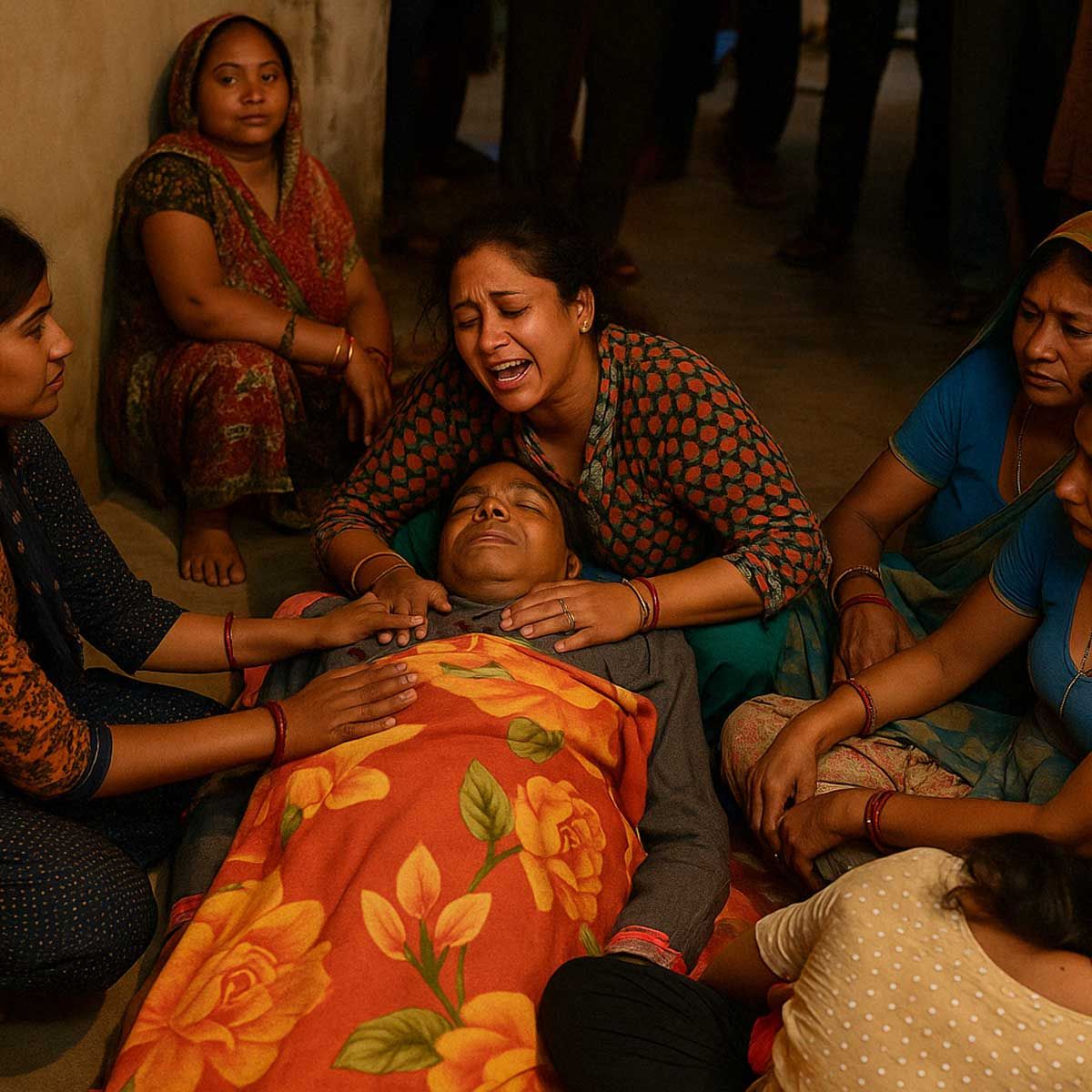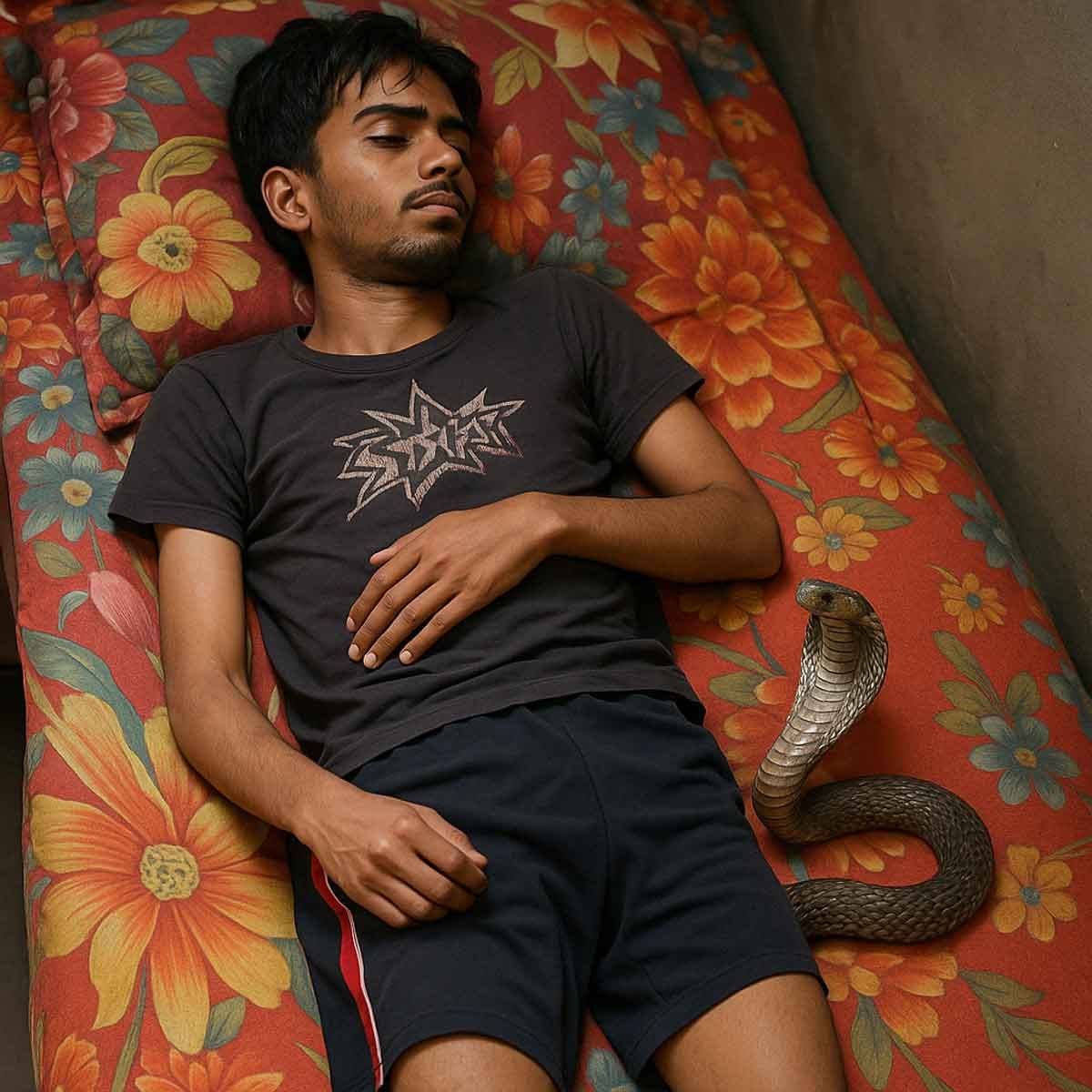More Coverage
Twitter Coverage
Satyaagrah
Written on
Satyaagrah
Written on
Satyaagrah
Written on
Satyaagrah
Written on
Satyaagrah
Written on
JOIN SATYAAGRAH SOCIAL MEDIA
Mirwaiz Farooq's surprising release by BJP Govt sparks intense speculation and shifts in Kashmiri politics, as he navigates his renewed freedom, the cleric-politician's leadership will be tested amid evolving political scenarios and forthcoming elections
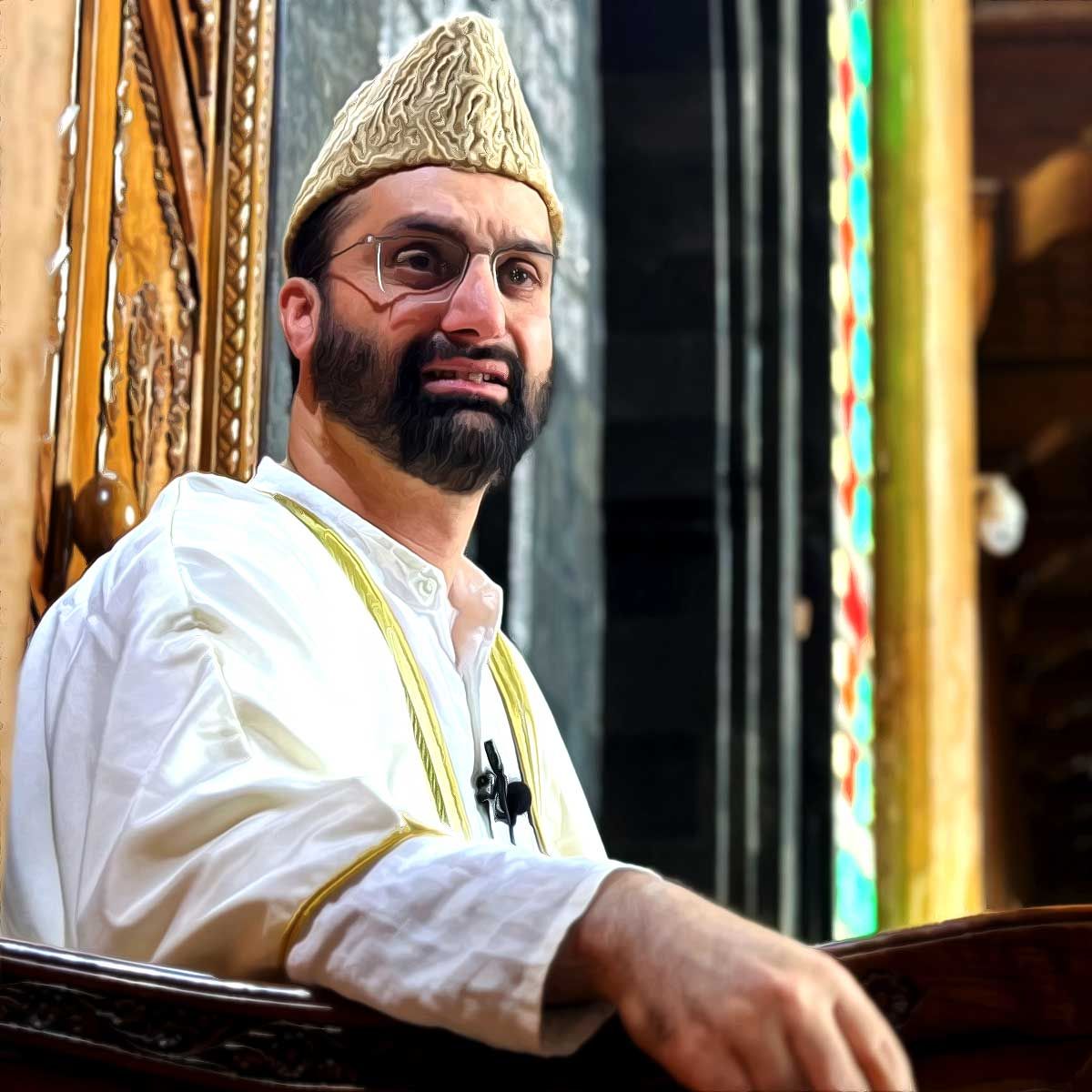
In an unexpected turn of events, the BJP-led Central Government made the decision to release Mirwaiz Umar Farooq from his over four-year-long house arrest on 22 September. This decision is even more remarkable considering the backdrop. Over the recent years, there has been an uncompromising approach by the government, targeting the valley's separatist factions and their significant support base.
|
This crackdown was initiated by a tragic event that rocked the nation in February 2019 – a car bomb blast which claimed the lives of 40 CRPF personnel and left many injured. Following this, stern measures were taken against powerful separatist groups such as Jamaat-e-Islami and the Jammu and Kashmir Liberation Front (JKLF). For the first time since the turbulent year of 1990, security privileges and the symbolic ‘VVIP status’ were revoked from most separatist figureheads.
Prominent leaders from the separatist movement, names like Yasin Malik, Shabir Shah, Nayeem Khan, and the Dukhtaran-e-Millat chairperson Asiya Andrabi found themselves arrested and detained in Delhi's infamous Tihar Jail. Furthermore, an aggressive stance was maintained against the militant groups, with many of their leaders either facing arrest or being neutralized in encounters. Not stopping at that, properties tied to the banned entities and the apprehended leaders were seized.
The release of Farooq, a renowned cleric-politician and chairman of the separatist conglomerate, poses a vital question: Is this a new phase in Kashmiri politics? Could this mark the beginning of a strategic shift by the Centre, or is it merely a transient pause in the longstanding standoff between the government and separatists? Only time will reveal the broader implications of this move.
|
In the wake of the violent incidents, not only separatists but even some of their mainstream political allies found themselves ensnared. Among them was former MLA Engineer Rashid, who was apprehended and charged in connection with hawala and terror-funding cases.
However, August 2019 marked a significant escalation. With the controversial abrogation of Articles 370 and 35-A, the revocation of Jammu and Kashmir’s statehood, and its bifurcation into two Union Territories, the political landscape of the region changed drastically. It wasn’t just the separatist leaders who faced confinement, but even the likes of Mirwaiz Umar Farooq and his colleagues in the moderate faction of the Hurriyat Conference. This faction comprised notable figures such as Professor Abdul Gani Bhat and Bilal Gani Lone, among others.
Simultaneously, many mainstream political leaders who opposed the BJP were placed under house arrest. This list included heavyweight personalities, former Chief Ministers: Dr. Farooq Abdullah, Omar Abdullah, and Mehbooba Mufti.
Interestingly, while most mainstream political detainees were granted release within a year, the separatist leaders remained confined to their homes. During this period, some pivotal figures in the separatist movement, including the hardliner Syed Ali Shah Geelani, Mohammad Ashraf Sehrai, and Geelani’s son-in-law, Altaf Fantoosh, passed away in succession. Their deaths leave an indelible mark on the political fabric of the region.
|
As the separatists were reeling under the intense scrutiny and crackdown, their core support base experienced dismantling too. Numerous pivotal figures found themselves dismissed from government roles, whilst many journalists faced severe consequences. Some were slapped with stringent laws, such as the UAPA, while others found themselves incarcerated.
In the backdrop of these sweeping changes, Syed Altaf Bukhari, founder-president of the Apni Party and former cabinet Minister, emerged as a bridge-builder. Surprisingly, his outreach extended to the traditionally pro-Pakistan groups.
Bukhari's promise that Mirwaiz Umar would be granted freedom and allowed to return to his customary Friday sermons at Jamia Masjid Srinagar became reality within a day. As the 53-year-old cleric-politician stepped out freely to engage with his followers at the grand mosque, the political atmosphere was rife with conjectures.
|
Did Mirwaiz strike a "deal" with the central government? What path would he choose post-release? Such were the whispers in both political circles and among the general populace. Contrary to the swirling speculations, Mirwaiz's address at the mosque lasted a brief 15 minutes. Focusing exclusively on the region's rich religious and cultural essence, he underscored the importance of unity among the Muslim community, consciously steering away from controversial or political subjects.
In a setting that palpably resonated with tensions and trepidations, Mirwaiz Umar Farooq, freshly out of a long house arrest, treaded the waters of public speech with an uncharacteristic reserve. He invoked the guiding Quranic verse which assures that with every difficulty, there comes ease. Yet, one couldn't miss the hesitancy, almost a self-imposed restraint, underlying his address.
Mirwaiz subtly hinted at the controversial scrapping of certain "sections" – a veiled allusion to Article 370 without overtly uttering the term. The guarded choice of words fueled speculations among critics. Some even ventured to claim that the content and contours of his address were not entirely his own, but rather "scripted" by those behind the curtains of his release, possibly contingent upon certain "undertakings".
The usual fervor that has characterized the speeches of separatist leaders since 1990 was notably absent. Terms like 'Azadi' (freedom), references to Pakistan's role in Kashmir dialogues, and the UN resolutions from the late 1940s — staples in separatist discourse — were glaringly omitted. More astonishing was the absence of the traditionally vociferous slogans of Azadi, both from the Mirwaiz and his followers. An isolated instance of sloganeering by a handful of youth was quickly subdued, with the participants detained shortly after.
Such overt carefulness and the conspicuous absence of traditional separatist rhetoric can be perceived in two lights: as a strategic retreat for future advancements or as a manifestation of a changing separatist paradigm under overarching pressures. Either way, the political landscape of Kashmir is in a fluidic state, and the narratives it births remain as captivating as ever.
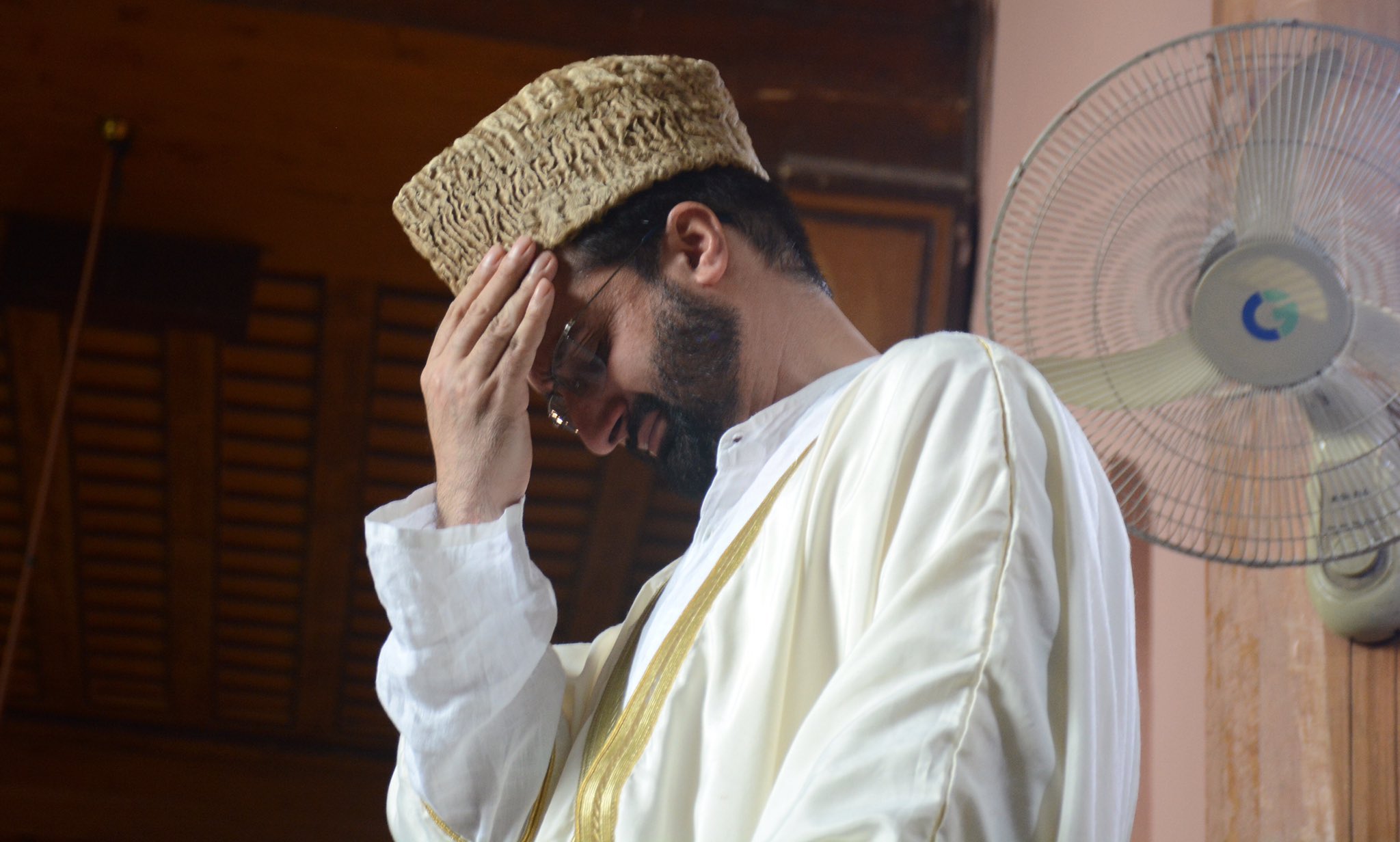 |
Mirwaiz's Newfound Approach: A Shift from Historical Stance
The Kashmir political discourse witnessed a surprising twist with Mirwaiz Umar Farooq's recent proclamation. Marking a discernible departure from his earlier fervent pleas for 'Azadi' spanning three decades, Mirwaiz surprisingly positioned himself not as an antagonist but as an advocate for peaceful solutions.
His claim, where he denies the tag of being a 'separatist' or 'anti-national', sends ripples across the political corridors of both Jammu & Kashmir and the Indian mainland. His call for the reunification of Jammu and Kashmir territories currently split among India, Pakistan, and China is of significance. Especially when one recalls his historical advocacy for Jammu and Kashmir's distinct identity and independence from India.
Another point of intrigue was his omission of demands for either an independent state or a referendum as per the UN resolutions. Given the demography of the region, with its 68% Muslim and 32% non-Muslim composition, any nod to such resolutions would generally signal an inclination towards Pakistan.
|
In this evolving scenario, the alignment of Mirwaiz's stance with that of top Indian leadership, notably Prime Minister Narendra Modi and Home Minister Amit Shah, is particularly noteworthy. Both leaders have often vocalized their vision for the integration of territories under Pakistani and Chinese control with that of Jammu & Kashmir under India.
This unfolding narrative raises pertinent questions. Is it a genuine ideological shift? Or a tactical maneuver amidst the current political climate? Time will elucidate the depths and directions of these shifts. However, for now, it’s evident that Kashmir's political winds are not just shifting, but might be ushering in a new epoch.
In an unprecedented move, Mirwaiz Umar Farooq, the chairman of the Hurriyat Conference, has extended an olive branch to the displaced Kashmiri Pandits, signifying them as the very core of Kashmiri society. This appeal for their return isn't just symbolic but a resounding declaration of a potential new phase in Kashmir's socio-political landscape.
|
However, while the winds of change seem to be blowing, skepticism still lingers among many circles. Political analysts and seasoned observers opine that the perceived moderation in Mirwaiz's approach might be a calculated strategy. They argue that this "dilution" could be a ruse designed to facilitate the release of detained militants and separatists, curb the governmental crackdown, and subtly perpetuate the separatist sentiment, albeit in a more muted tone.
The coming months and years are poised to be a litmus test for Mirwaiz's leadership. As the central government mulls over significant decisions in line with its national Kashmir agenda, all eyes will be on him. His actions, decisions, and inclinations during pivotal moments like the impending Urban Local Bodies, Panchayati Raj, Parliamentary, and Assembly elections will be the real indicators of the path he has chosen.
For Kashmir and its diverse populace, the stakes have never been higher. The narrative spun by leaders like Mirwaiz will determine the region's trajectory in this new chapter. Whether the recent overtures are genuine calls for unity or strategic moves on a political chessboard remains to be seen. The onus now lies on leaders like Mirwaiz to shape the valley's future narrative, either towards lasting harmony or prolonged discord.
 |
 Support Us
Support Us
Satyagraha was born from the heart of our land, with an undying aim to unveil the true essence of Bharat. It seeks to illuminate the hidden tales of our valiant freedom fighters and the rich chronicles that haven't yet sung their complete melody in the mainstream.
While platforms like NDTV and 'The Wire' effortlessly garner funds under the banner of safeguarding democracy, we at Satyagraha walk a different path. Our strength and resonance come from you. In this journey to weave a stronger Bharat, every little contribution amplifies our voice. Let's come together, contribute as you can, and champion the true spirit of our nation.
 |  |  |
| ICICI Bank of Satyaagrah | Razorpay Bank of Satyaagrah | PayPal Bank of Satyaagrah - For International Payments |
If all above doesn't work, then try the LINK below:
Please share the article on other platforms
DISCLAIMER: The author is solely responsible for the views expressed in this article. The author carries the responsibility for citing and/or licensing of images utilized within the text. The website also frequently uses non-commercial images for representational purposes only in line with the article. We are not responsible for the authenticity of such images. If some images have a copyright issue, we request the person/entity to contact us at This email address is being protected from spambots. You need JavaScript enabled to view it. and we will take the necessary actions to resolve the issue.
Related Articles
- An old speech of PM Narendra Modi that gives goosebumps has gone viral on social media: A walk down memory lane when 30 years back PM Modi unfurled India’s tricolour flag at Lal Chowk in Srinagar during Ekta Yatra
- CPIM MP distorted facts on airports in an effort to stir north-south divide: Civil Aviation Minister Jyotiraditya Scindia slams
- Wikileaks and 5 lesser know facts of Indira Gandhi: Nuclear technology, corruption and foreign relations
- Why Sonia Gandhi is absent on social media and why liberal gang go nuts every time PM goes abroad
- Once a Sanjay Gandhi's aide during Emergency, Ambika Soni declined offer to become Punjab CM
- Calcutta Quran Petition: A petition to ban the Quran altogether was filed 36 years ago, even before Waseem Rizvi petitioned for removing 26 verses from Quran
- TMC leaders circulated edited video to prove protest against Modi and Yogi: Twitter adds ‘manipulated media’ tag
- Since the abrogation of article 370, nearly 1700 Kashmiri Pandits are appointed by the Jammu and Kashmir government in various departments: Centre in Rajya Sabha
- Hindus chanted Ramcharitmanas outside Christian school that had held derogatory Ramleela: Haryana
- Narasimha Anjaneyar temple demolished in Tamil Nadu despite devotees best efforts to save it, places of worship of other religions are spared
- "जब तक तोड़ेगा नहीं तब तक छोड़ेगा नहीं": Amit Shah unearths Nehruvian blunders, says ’PoK wasn’t a mistake, it was a blunder,’ leaving the opposition fuming; Shah stands firm, affirming Kashmir's suffering due to historical missteps under Nehru's rule
- A Tale to revisit: Robert Vadra disowned his family publicly and then followed mysterious deaths
- Prophecies of Jogendra Nath Mandal getting real after seventy years of his return from Pakistan
- Tata Group officially takes over the airline from the union government, says we are committed to making it a world-class airline: ‘Golden age of Air India lies ahead’
- Mysterious death of Pandit Deen Dayal Upadhyaya, whose growing popularity was a threat to Congress






